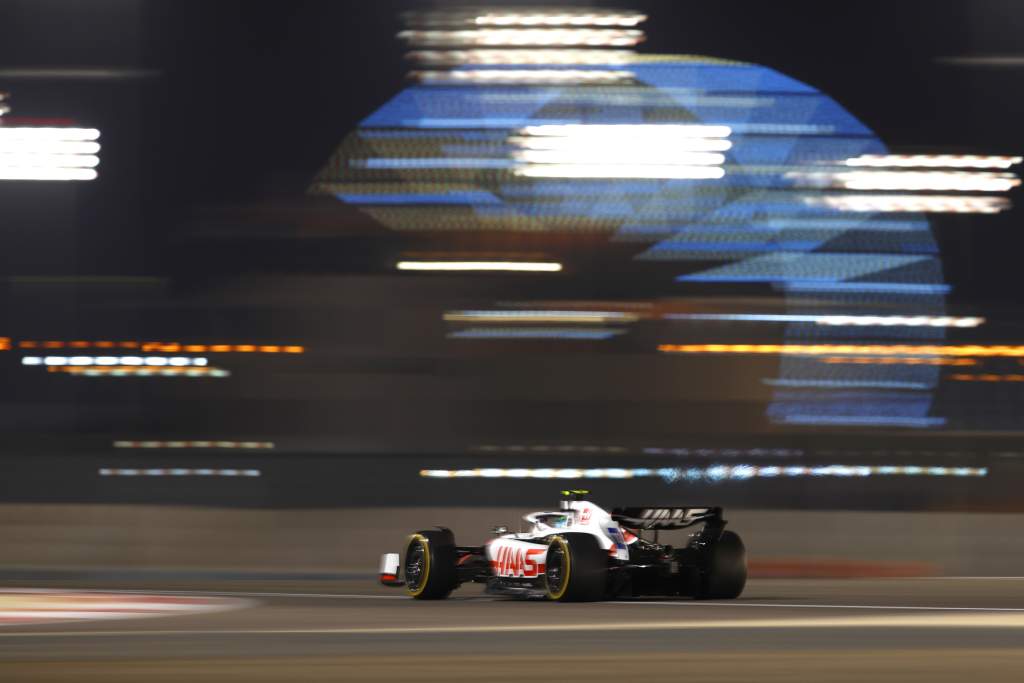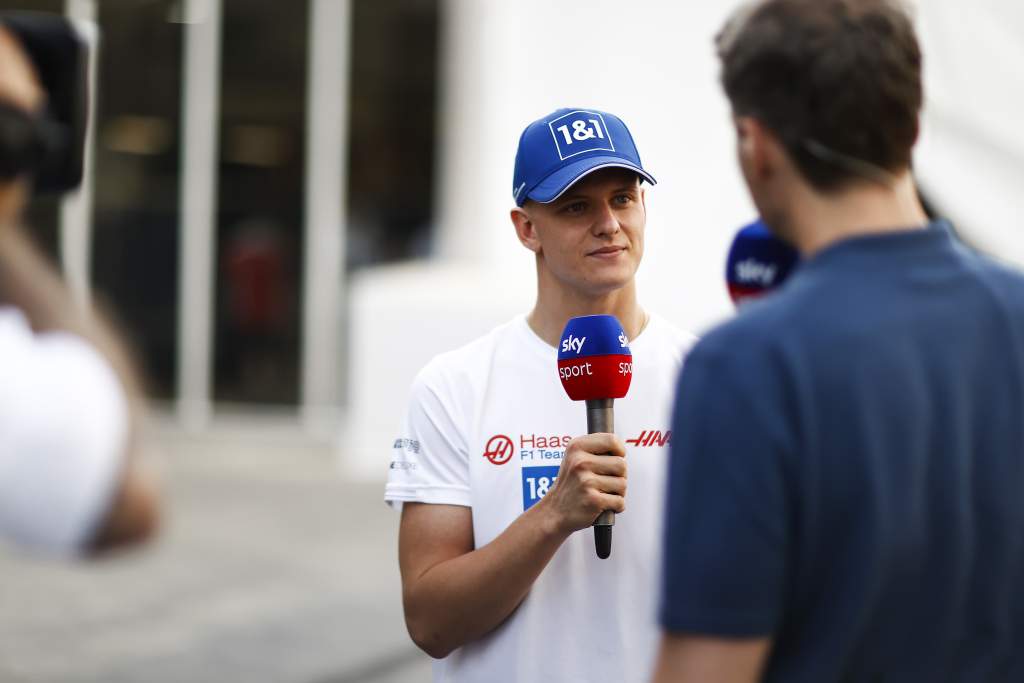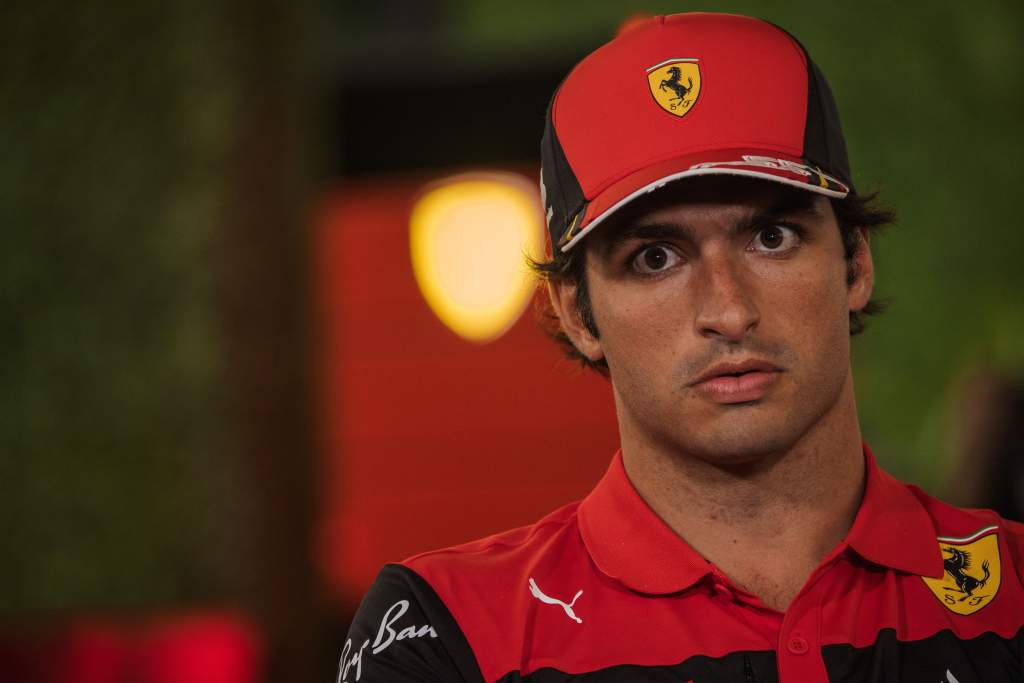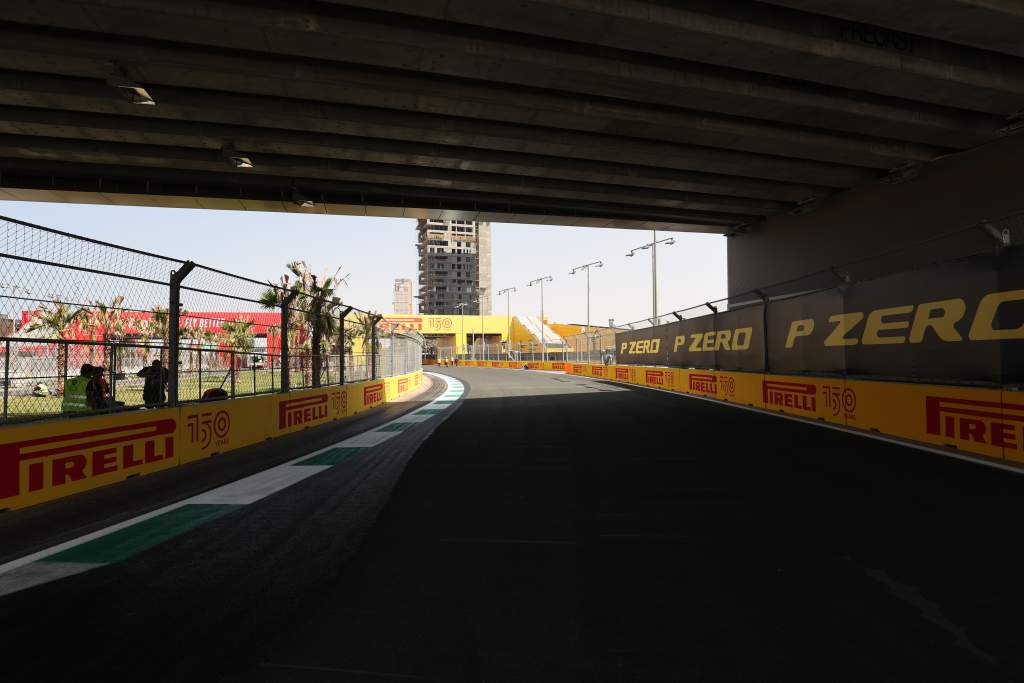Formula 1’s move to the Jeddah Corniche Circuit for the second race of the season is unlikely to allay concerns about porpoising for many teams.
Not only is it a faster circuit, but it’s also the first time teams will have had to use only the three free practice sessions to hit on the ideal set-up, rather than the three days of pre-season testing the teams experienced in Bahrain.
The aim is to run the cars as low as possible to create the maximum ground effect downforce from the underfloor without suffering from a problematic level of bouncing that is set off by the underfloor stalling. The higher the speed, the lower the car gets and the greater the risk of porpoising being set off.
Some teams are battling this problem more than others, with Mercedes and Aston Martin among those most affected and both believing this is significantly containing their performance level.
In addition to the Saudi Arabian Grand Prix venue being 16% faster in terms of average lap speed than Bahrain based on a comparison of last season’s pole position laps, Haas team principal Guenther Steiner suggests the relative lack of track time presents a new challenge for teams.

“We need to make sure that we’re not getting into porpoising as it’s a completely different track,” said Steiner in response to a question about the Haas team’s hopes of repeating its Bahrain GP form.
“In Bahrain, we had the advantage that we tested there before, so we could fix it before we went to the race. It’s not only us, we are in the same position as other teams who need to find out how to get the best performance with no porpoising.
“It’s the first time that you have to do this on a new track, so I want to see how that one works. Otherwise, I wouldn’t know why we couldn’t be competitive.”
Concerns have been raised about the consequences of the underfloor aero stalling in the high-speed sweeps given the lack of runoff. But teams will aim to get a handle on how low they can run the cars quickly.
There is also the possibility, suggested by Haas driver Mick Schumacher, that Jeddah could prove less of a problem.
Haas did have to work on mitigating its porpoising problem during testing and on the Bahrain GP weekend, but his suspicion is that the smoother track surface might even allow cars to run a little lower than on the Sakhir circuit last week.
“It seems like there’s two different factors that create bouncing, and one of them, which we saw in Bahrain quite clearly, was the bumps that we had on track,” said Schumacher.

“And that’s one thing that is quite less here. We just have less bumps, which potentially could trigger it.
“I would expect that some teams will run lower, maybe some teams will try to find the limit sooner. But I guess we’ll have to wait and see.”
But despite the circuit generally being smoother than Bahrain, Ferrari driver Carlos Sainz suggested that there are points late in the straights where there is a risk of the bumps setting off the porpoising.
This can happen because of the compression caused by hitting bumps, which could result in a stall that sets off the bouncing effect.
“My gut feeling maybe says that it could be a bit more difficult because there are some bumps at the end of straights,” said Sainz when asked by The Race about his expectations for porpoising this weekend.
“But also, the smoother surface was there in Barcelona and we had a lot more porpoising there. But at the same time, we changed a lot of parts in the car to try and address that, so it will be a nice comparison.
“So I think it will be the same, maybe a bit more difficult, or maybe I’m completely wrong.”

Sainz’s uncertainty reflects the reality that it will not be clear how big a problem the porpoising is for those suffering most until practice starts. Any predictions are inherently speculative, especially given the challenge of simulation.
If porpoising does prove problematic, it may lead to those struggling having to compromise their ride height more than others, which could exaggerate their performance deficit.
But it should not be a safety issue as teams will have to find a ride height at which the car is consistent and drivable – although some may push the boundaries in practice as they attempt to find the best-possible set-up and experiment with ride heights.
Mercedes’ George Russell was asked if it was a safety concern in the pre-practice press conference on Friday morning.
“For us last week in Bahrain, it was definitely not pleasant, the difference here is that there are no straights. The straights are bends,” he explained.
“If we experience that [through the bends] then we could find ourselves in a dangerous situation but we have to wait and see. I can’t look into the future.”
Top speeds in Saudi Arabia will not be dramatically different to those in Bahrain as last year the difference in the fastest speed trap figure was just over 3km/h. However, the Jeddah circuit offers the chance to hit high speeds more often, with Lewis Hamilton exceeding 300km/h on his qualifying lap on five occasions – including twice on the start/finish straight at the beginning and end of the lap.
There are also several high-speed sweepers, notably the Turn 6-11 sequence where, at their quickest, cars were cornering last year at around 250km/h. It’s not clear how much speed the 2022 F1 cars, which could potentially be quicker in fast corners, will carry through this section but it should be within the abilities of the teams to ensure that porpoising does not occur.
There’s also the question of overall downforce levels given this is a lower-downforce circuit than Bahrain, which should also slightly reduce the risk of cars getting to such a low ride height that they suffer from any kind of underfloor stall.

It won’t become clear until the cars have racked up mileage whether porpoising will be a bigger problem in Saudi Arabia or less of a concern.
But what we can be certain of is that teams have far less time to work out the optimum set-up compromise, which creates the possibility for some to get it very right, and others to get it very wrong.
Most likely, that will be a far bigger factor in the way the upcoming weekend plays out than porpoising causing any loss of control.





